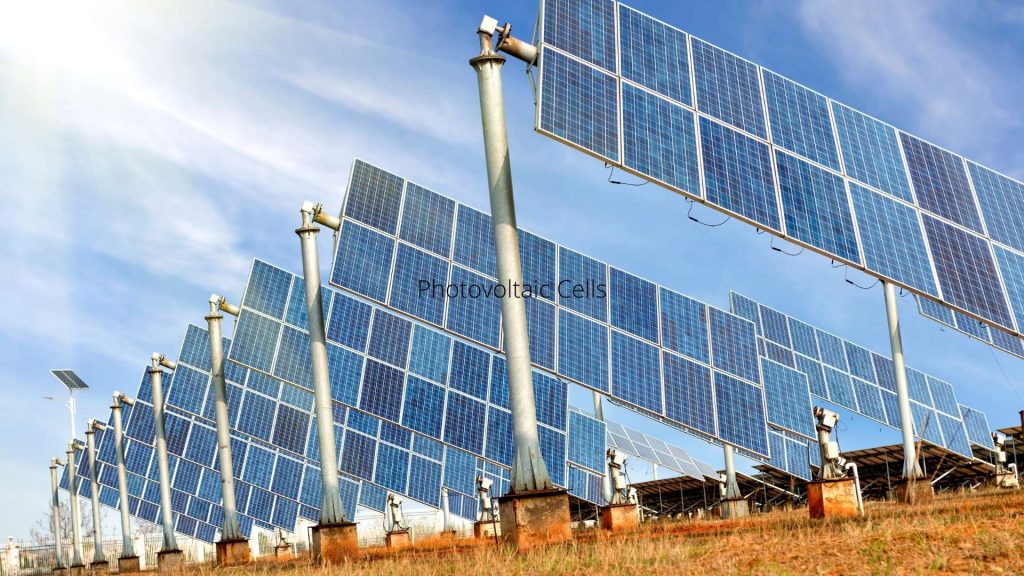The Basics of Photovoltaic Cells
Photovoltaic cells are small devices that convert light to electricity. The process starts with sunlight striking the cells, knocking free electrons from the back and causing them to move to the front. This leads to an imbalance in electrons between the front and the back. These cells are then joined by connectors between the positive and negative surfaces. Solar cells are assembled in PV modules, which are grouped together to form an array. Some are also set on special tracking devices.
Electricity
Photovoltaic cells work by absorbing the energy of sunlight and transferring it to positively charged particles in the material, called electrons. This extra energy is then extracted by the material through the conductive metal contacts on the solar cell. The electrical current that is generated can be used to power a house or even the entire electric grid. Electricity from photovoltaic cells is a promising alternative energy source. To use these energy-producing solar cells, you need a solar panels system.
Efficiency
The efficiency of photovoltaic cells depends on several factors. The first one is the shape of the photovoltaic cells. It should have two busbars, while a modified photovoltaic cell has one collecting electrode. A modified photovoltaic cell is designed to have a higher S/L ratio, with a reduced HAZ zone. Another factor affecting the efficiency is the presence of a short-circuit between the electrodes. The presence of a collecting electrode does not affect the efficiency. In addition, SEM microscopy images are obtained to assess the quality of laser cutting. The researchers used a Hitachi S-4200 scanning microscope for the research.
Materials
The fundamental property of photovoltaic cells is the ability to convert light into electricity. Light falls on the surface of a solar cell and is reflected off. A thick film is required to exhibit ergodic behavior, which involves randomizing the direction of light within the solar cell. Similarly, total internal reflection produces a refractive index contrast, which increases the length of photon paths inside the semiconductor material and enhances the absorption capacity. As part of this process, some light may exit the photovoltaic cell through an exit cone.
Function
The function of photovoltaic cells is to convert sunlight into electrical energy. They are made up of two layers of silicon: p-type and n-type. Both of these types contain positively charged holes and electrons. The vacancies and holes are created due to the lack of valence electrons in the silicon. The photons that produce the electrons transfer these electrons into the negative and positive layers. These electrons flow like any other source of electricity.
Applications
Photovoltaic cells are solar cells that convert sunlight into electricity. These cells are made of silicon and can be manufactured in a number of ways. Adding a concentrator or coatings can increase their efficiency. Another method involves using heterojunction cells, which can have different band gaps and absorb various wavelengths. In one laboratory, researchers were able to obtain a PCE of 33%. This efficiency is much higher than most ground-based solar cells, which have an efficiency of around 13 to 19%.




